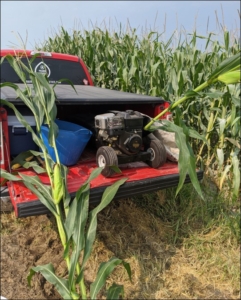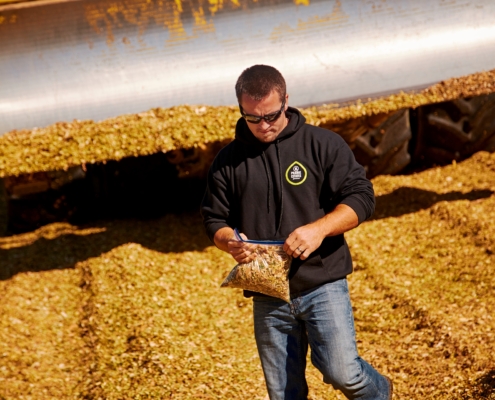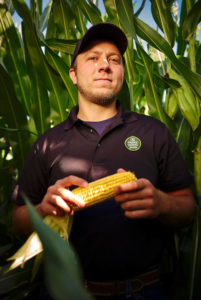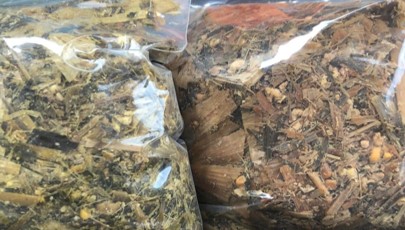Quality Before The Chopper And After
As chopping season sneaks up on us, we all start to think: “What can I do to ensure quality feed for my cows for the next 365 days of feeding?” While the answer might seem difficult, adding a few key steps, pre-harvest, and mid-harvest, could make a large difference when it comes to feeding out. First, always consult with your nutritionist and other members of your team to help make these things possible.

Forage Manager Sam Smith travels out to his client’s fields to test samples.
One of the most challenging but crucial aspects of quality corn silage is moisture. It is never too early to start checking for moistures; it helps us watch the plant dry down and monitor how fast it may be moving. As we near harvest, we want to be checking our moistures more often to ensure we do not miss our window.
Processing is another important part of having quality corn silage. Checking processing while chopping can help maintain a good cut length and kernel processing. When corn is between 65%-69% moisture for higher corn silage diets, cut length is ideal between ¾-1 inch. For lower corn silage diets, ½-¾ inch TLC is ideal. As your corn silage gets below 65%, cut shorter than half an inch. We can check processing through a Penn State shaker box, and doing this earlier rather than of later helps us make important decisions before it is too late.
When inspecting the processing of your corn silage, we like to see kernels split but not pulverized and that the cob is well broken up. Remember to always consult with your nutritionist and to reach out to your PEG Forage Manager with any questions.
Happy harvest,
We will be seeing you around the Farm.

Sam Smith
PEG Forage Manager








